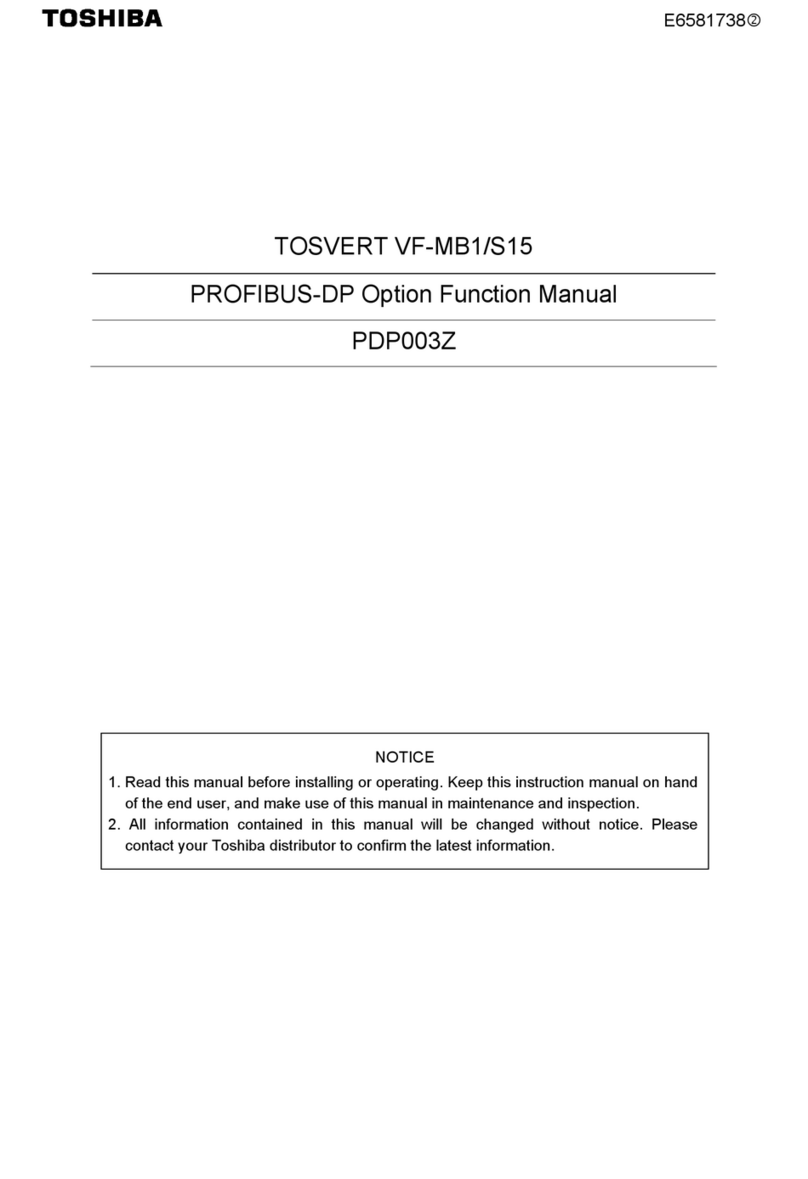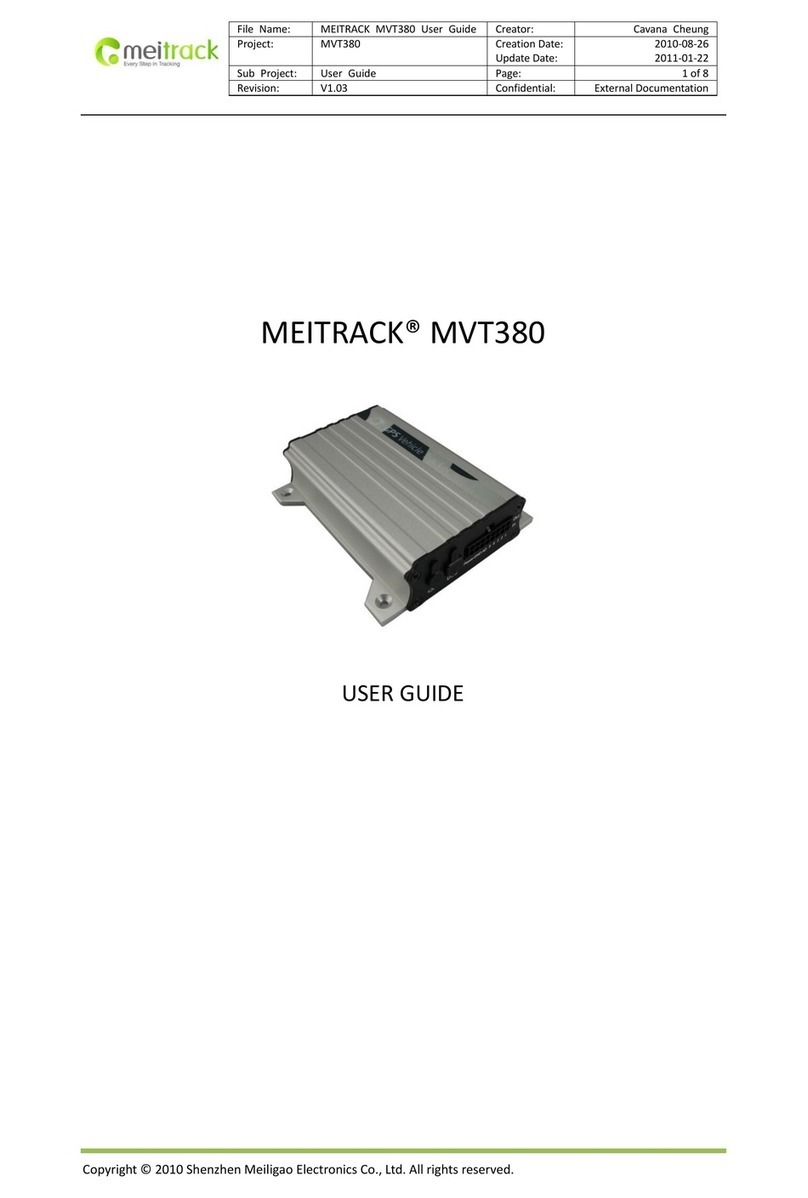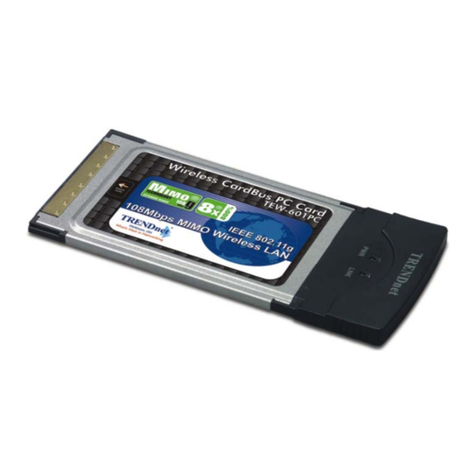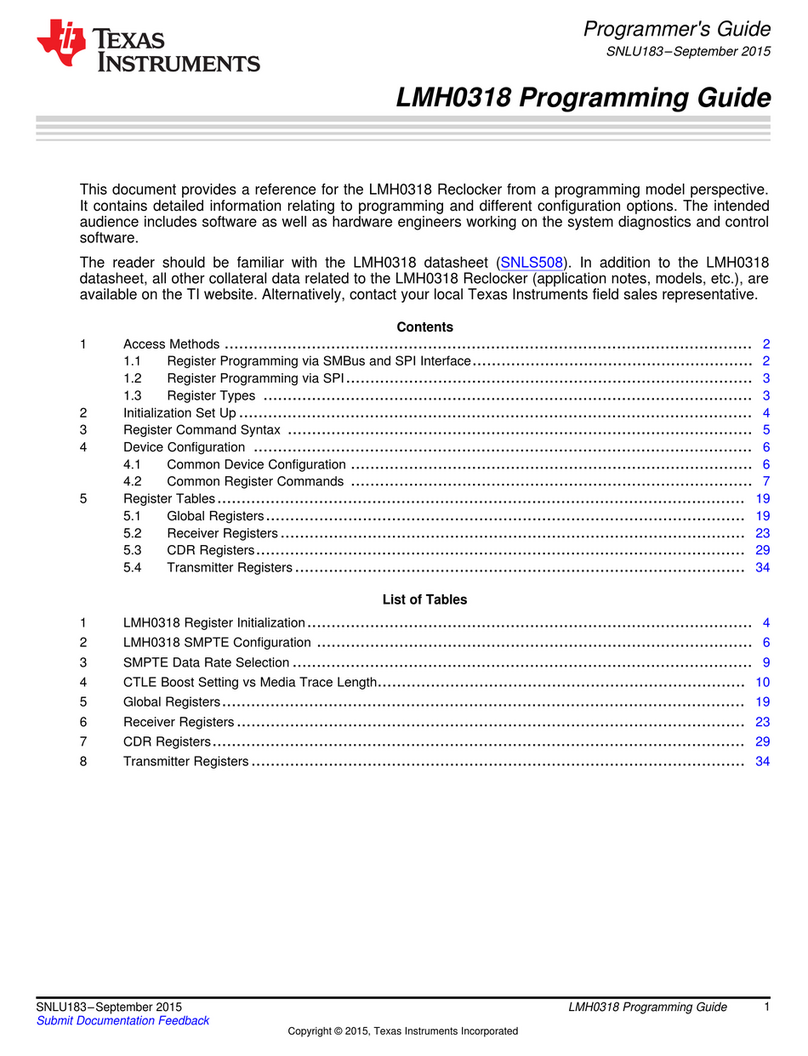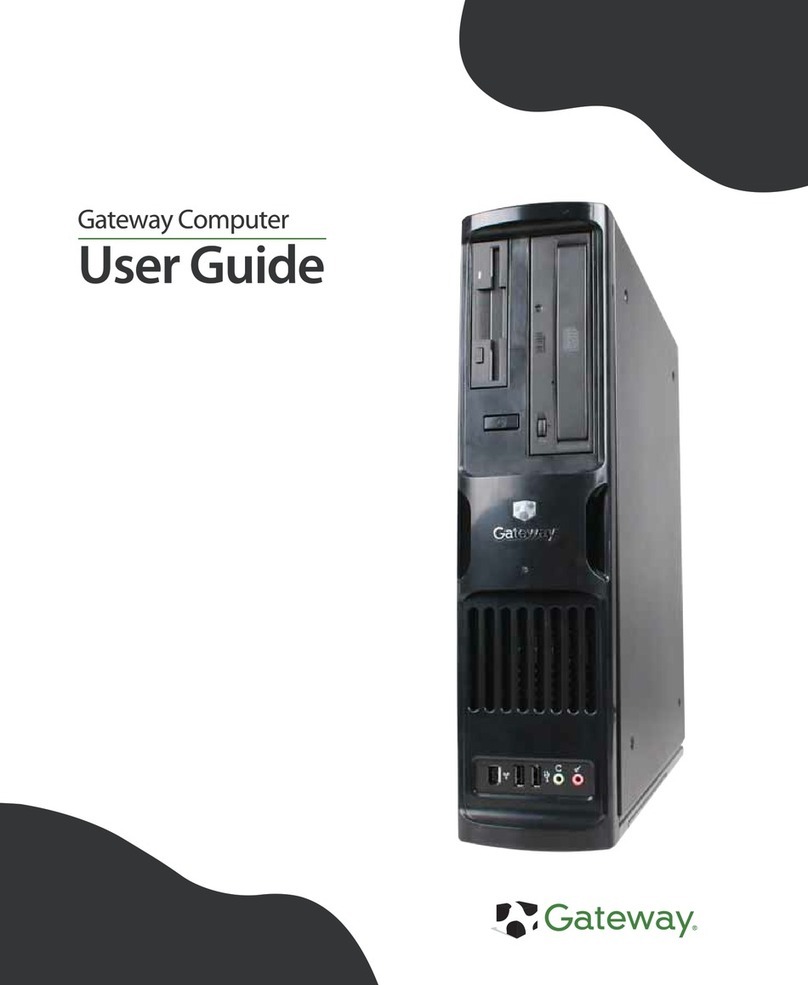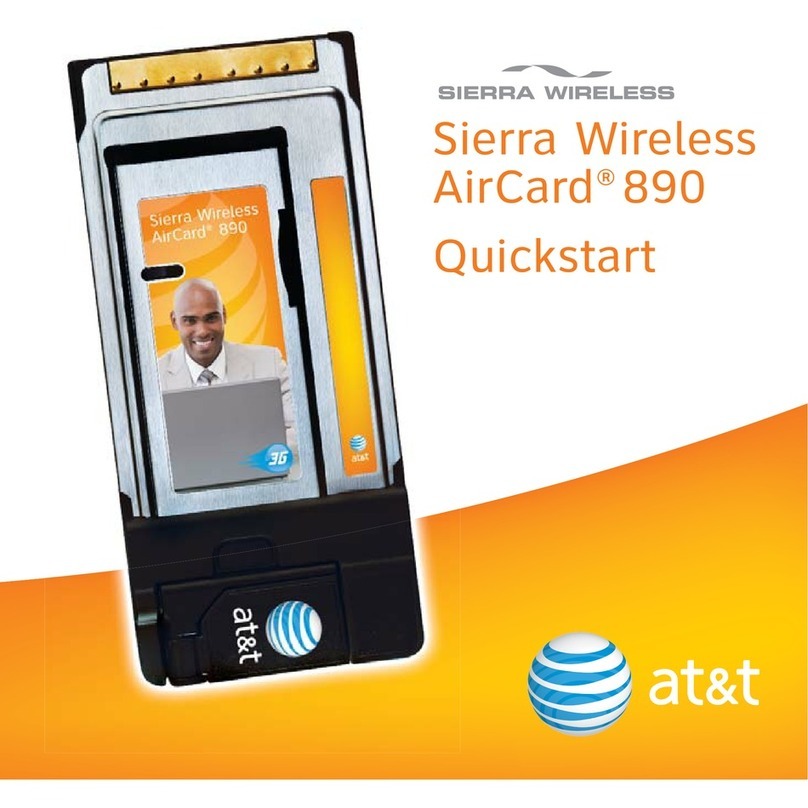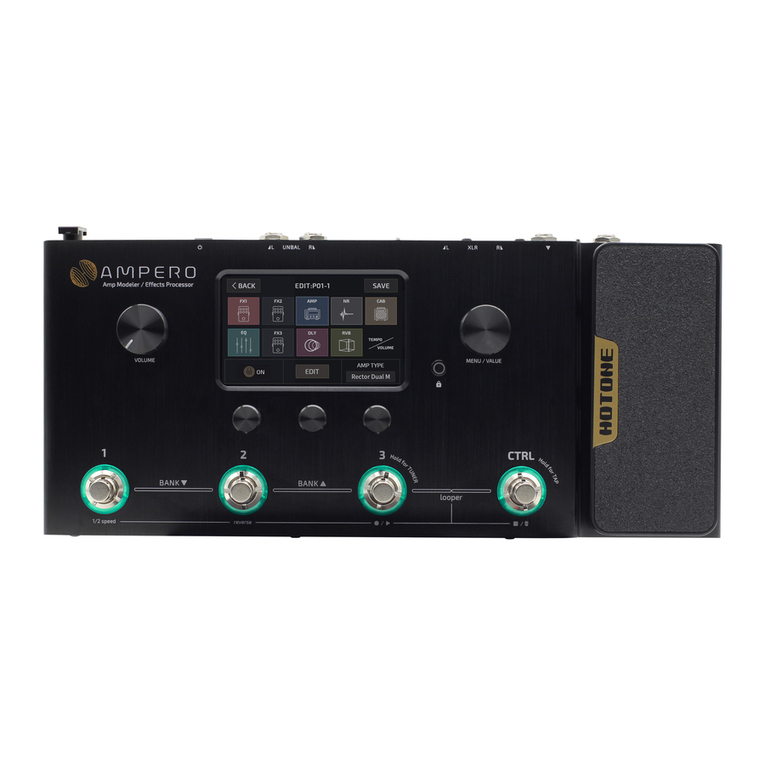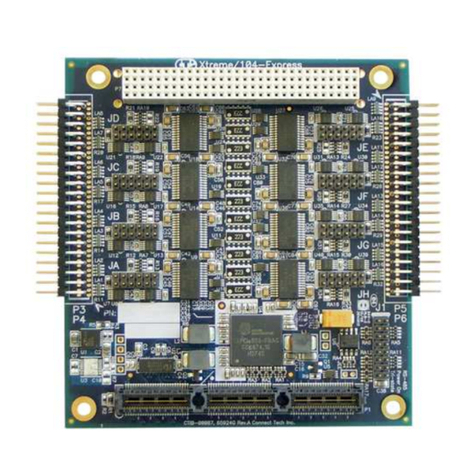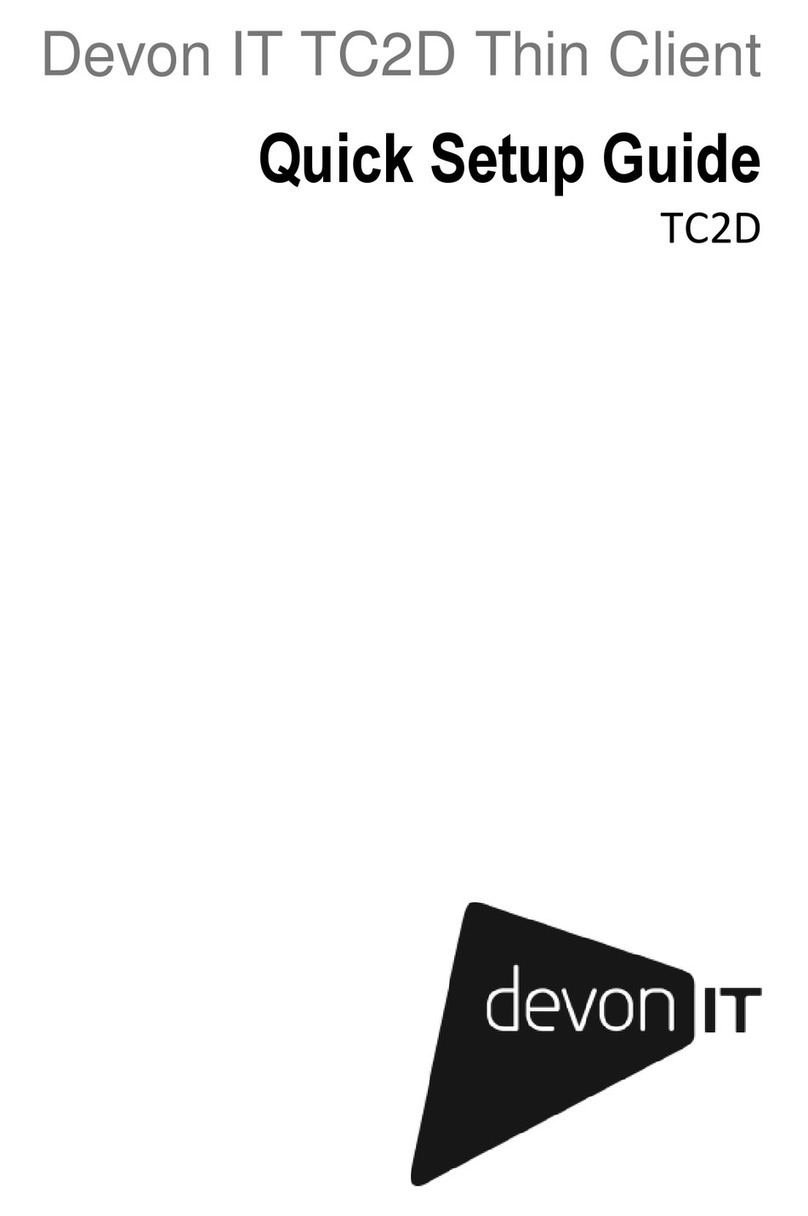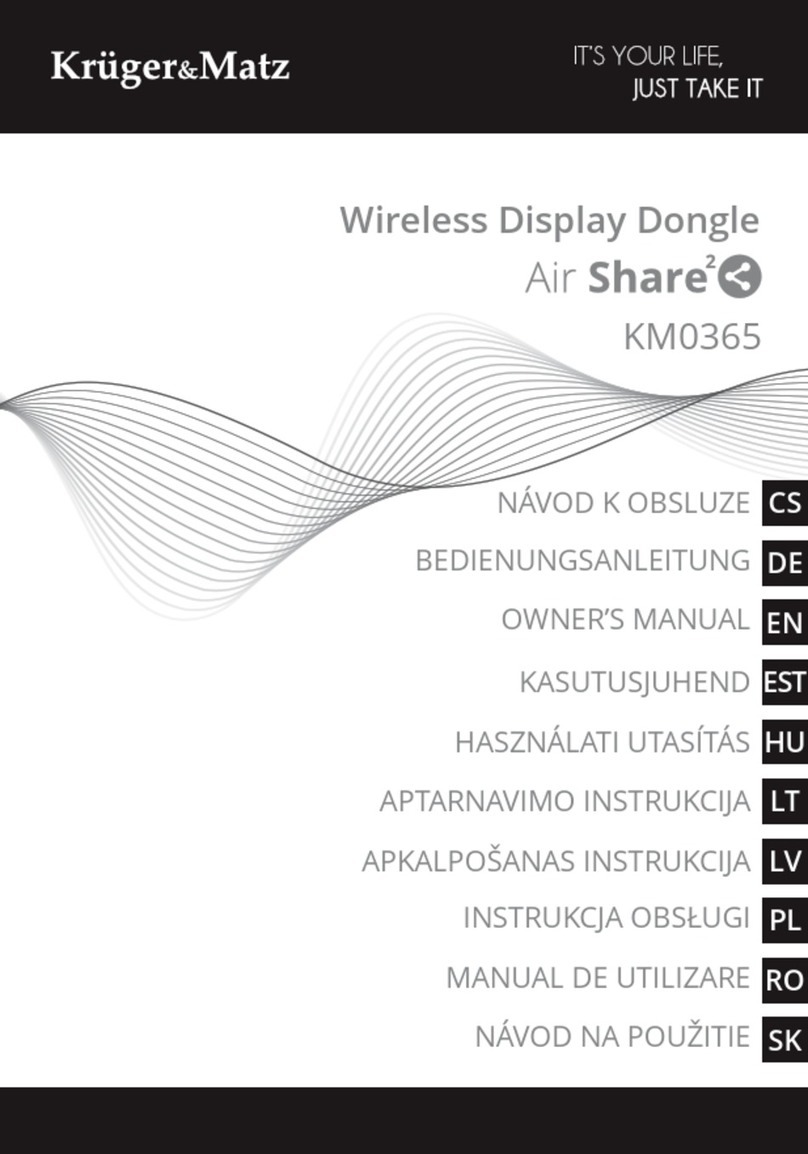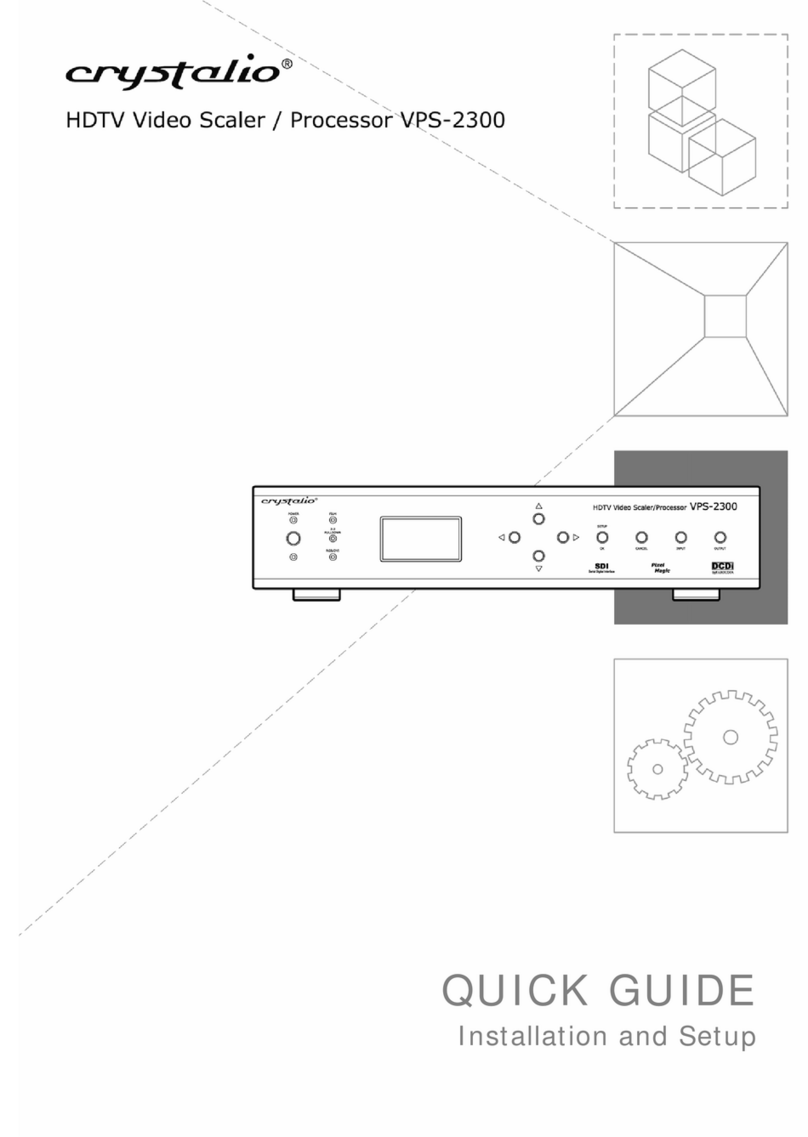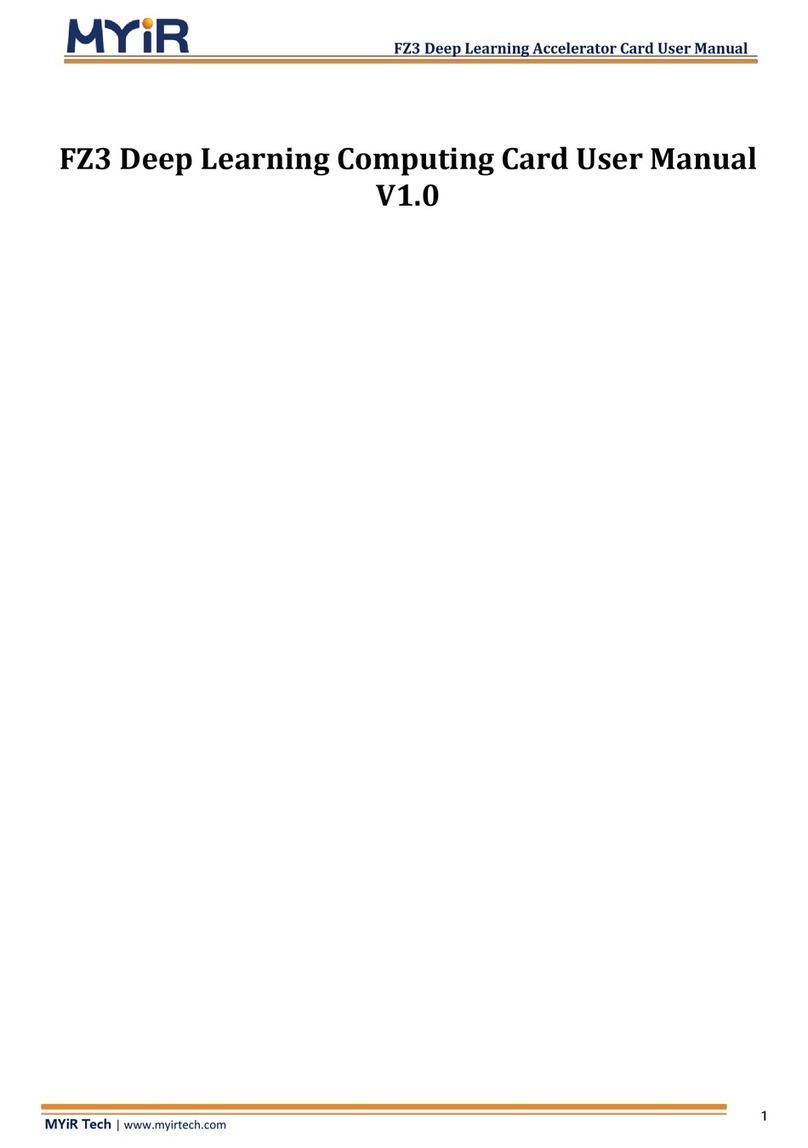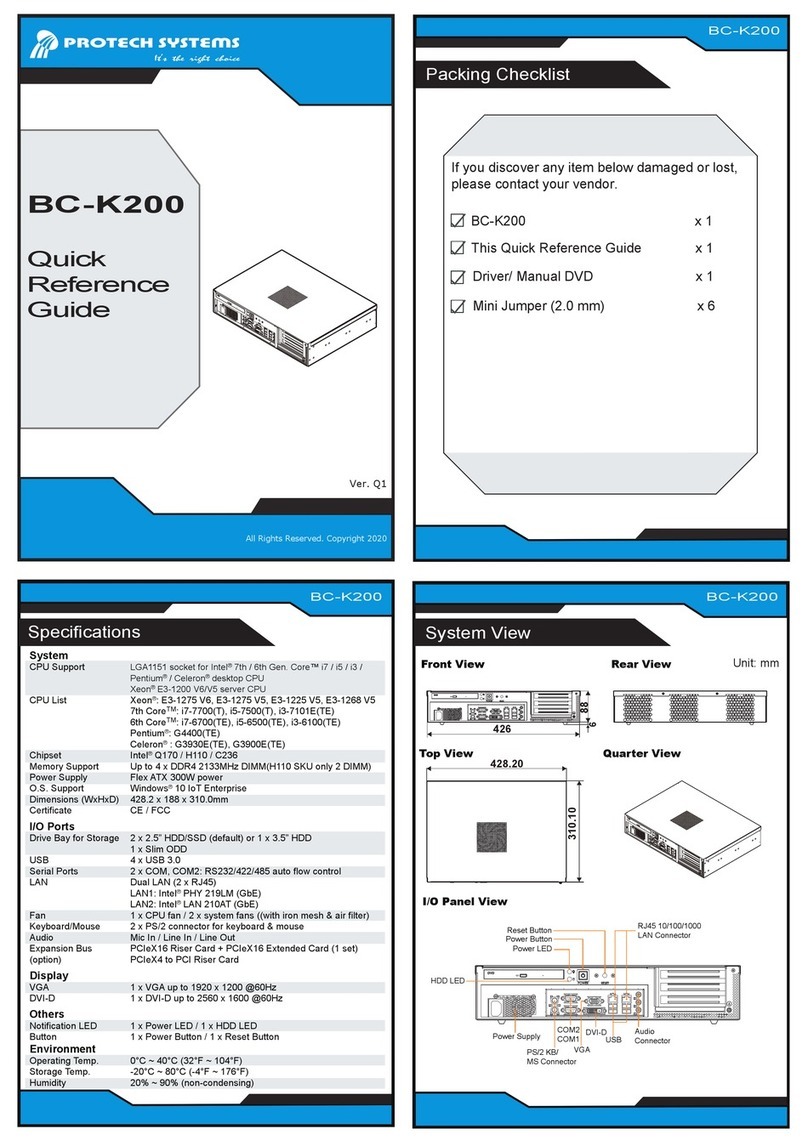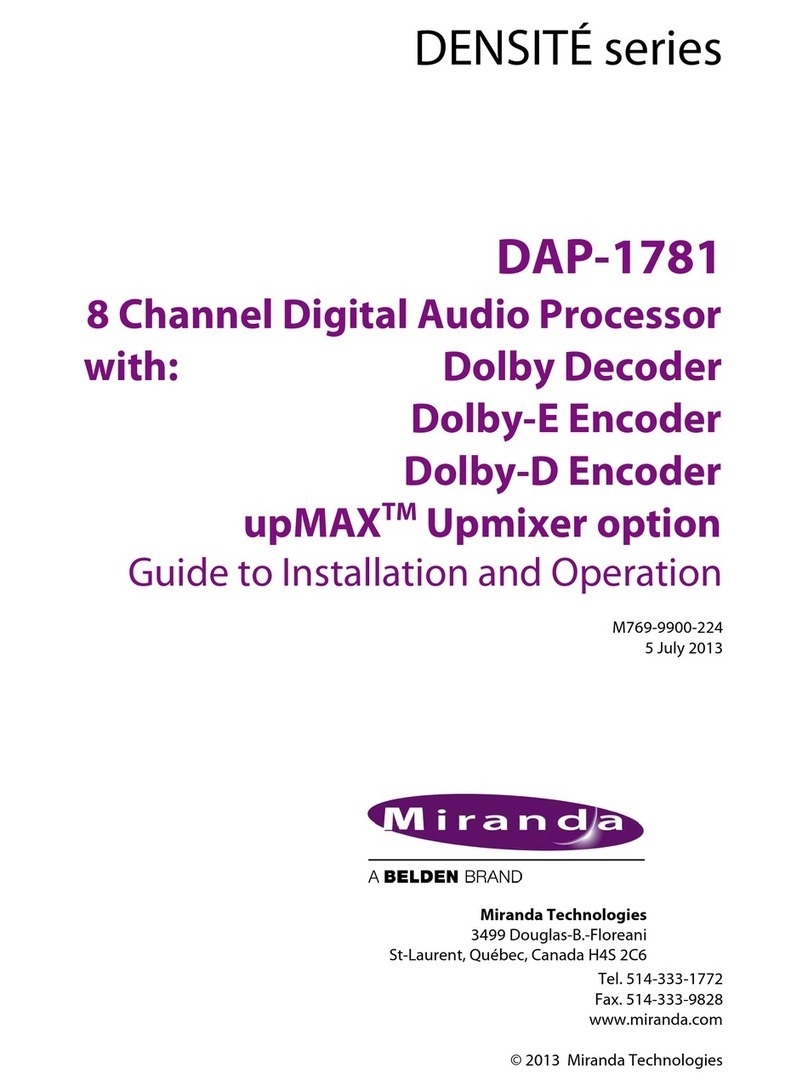
People System Overview
In t r od uc t io n
The first section of the User
Guide gives you an overview of
the basic hardware configuration
of the PEOPLE Personal Micro
computer. This overview will
enable you to:
• Recognize some of the many
benefits of the PEOPLE
Personal Microcomputer
• Identify the components of the
PEOPLE Personal Micro
computer
• Learn how they work together
G e n e r a l
Information
The Olympia PEOPLE Personal
Microcomputer is a powerful
16-bit computer for data and text
processing jobs in small,
medium-size and large com
panies.
PEOPLE offers solutions to
business professionals, small
business owners and corporate
management executives. The
PEOPLE Personal Microcomputer
can solve problems in the areas
of accounting, word processing,
law and the medical profession,
among others. In the business
realm the processing speed of
the 16-bit PEOPLE achieves high
throughput and therefore, quick
response times. In the technical
and scientific area, extensive
calculations can be carried out
quickly. Here are the principal
advantages:
PEOPLE brings electronic data
processing directly to the
workplace.
PEOPLE furnishes managers
immediately with all important
technical information.
PEOPLE makes a direct exchange
of information possible within the
company.
PEOPLE significantly reduces
turnaround times in preparing
financial statements, general
ledgers and many other account
ing applications.
PEOPLE offers scientific infor
mation possibilities with decen
tralized information processing.
The well-coordinated range of
memory sizes, diskette and hard
disk capacities and the flexible
expansion possibilities allow you
to continually adapt PEOPLE to
your new demands and growing
amounts of data.
The modular concept of PEOPLE
offers the advantage of expan
sion and adaptation through
direct assembly at the work
station.
The total software of the micro
computer functions under the
control of an operating system.
The CP/M-86 operating system
comes standard with PEOPLE.
Programs can be generated in
the programming languages
CBASIC, Pascal and COBOL.
The number of programming
languages which can be imple
mented is being continuously
expanded.
2/1
